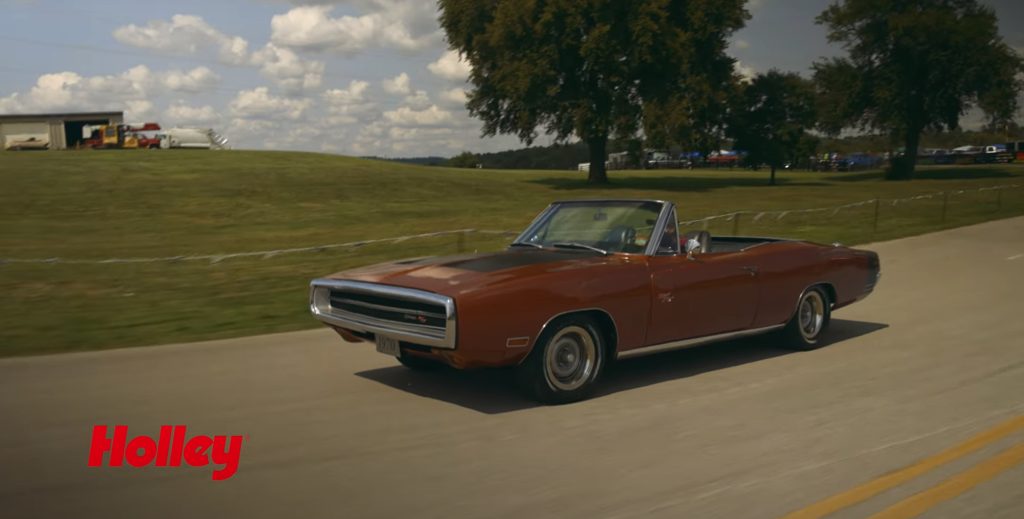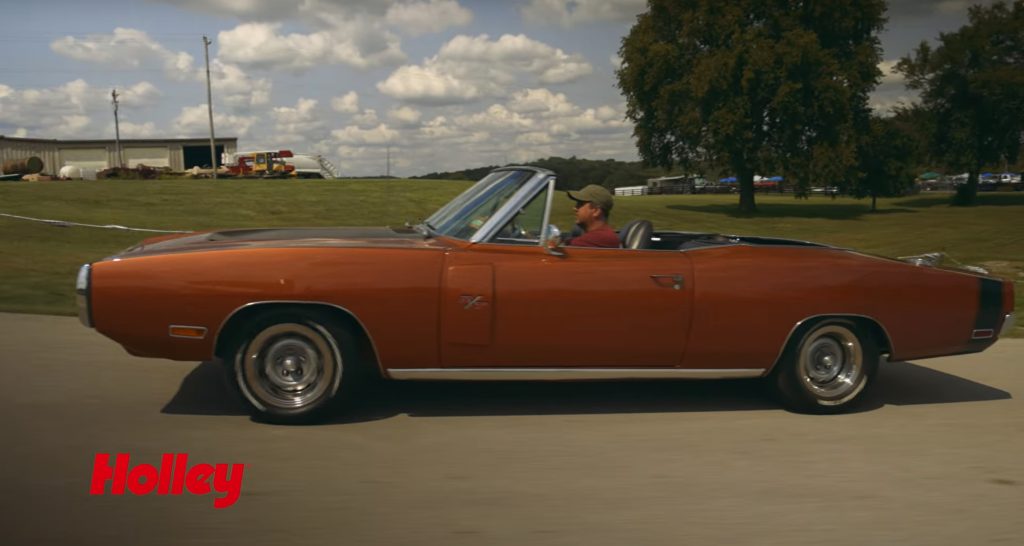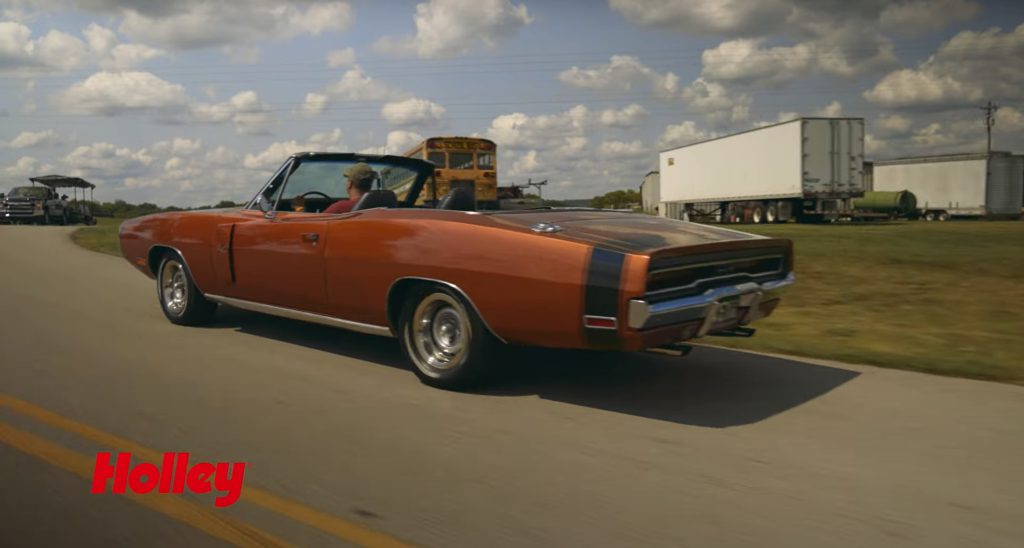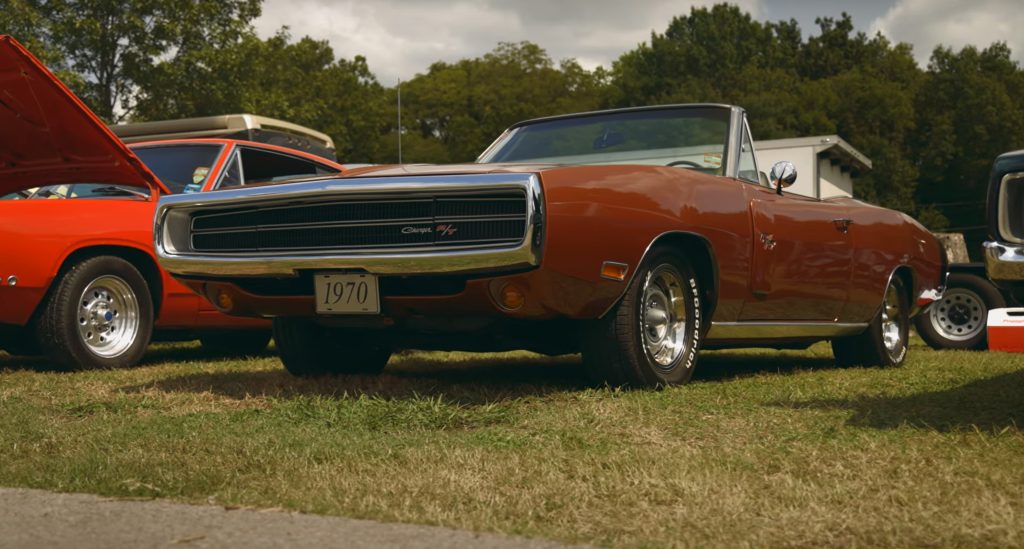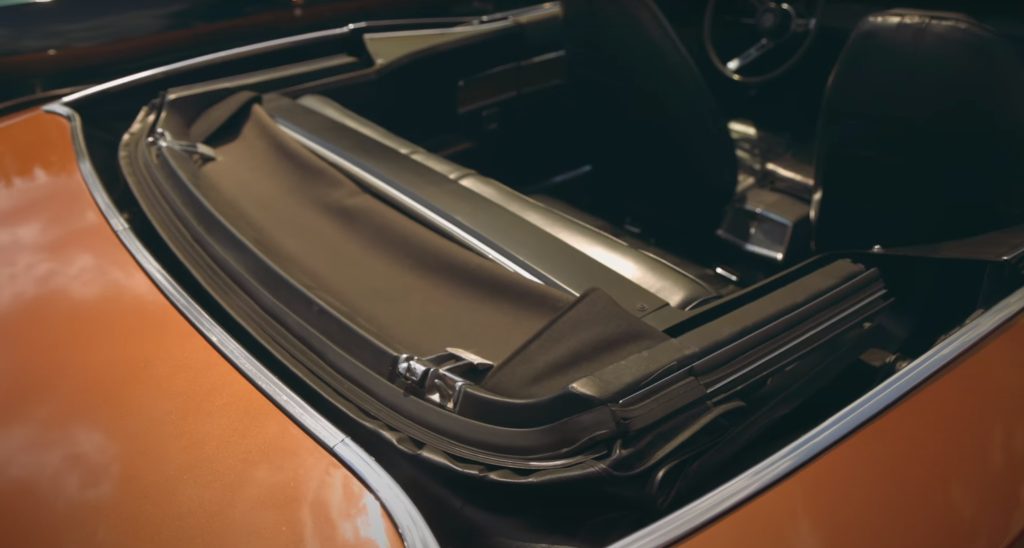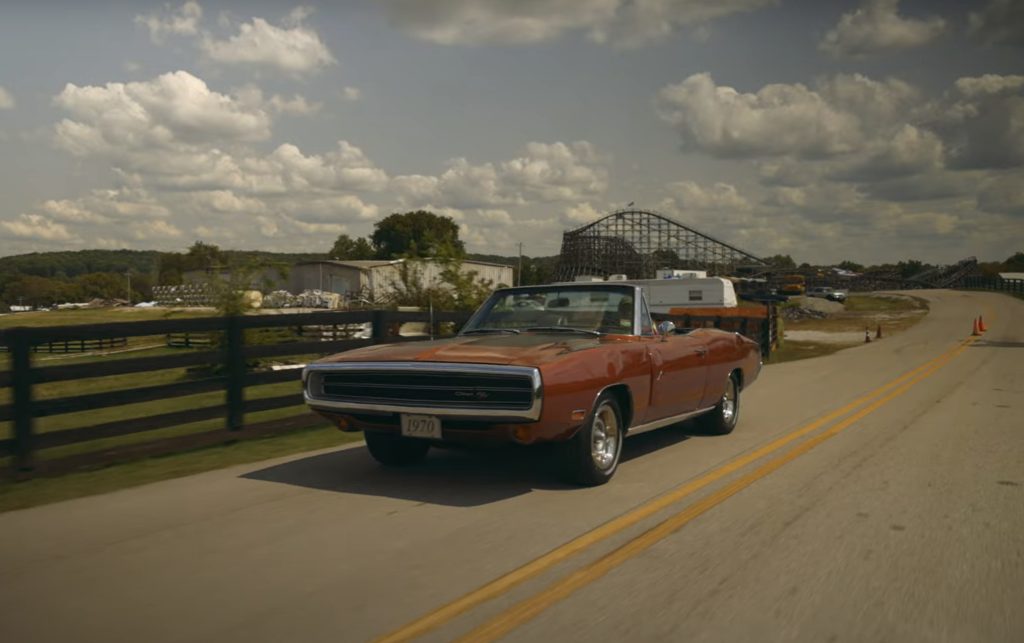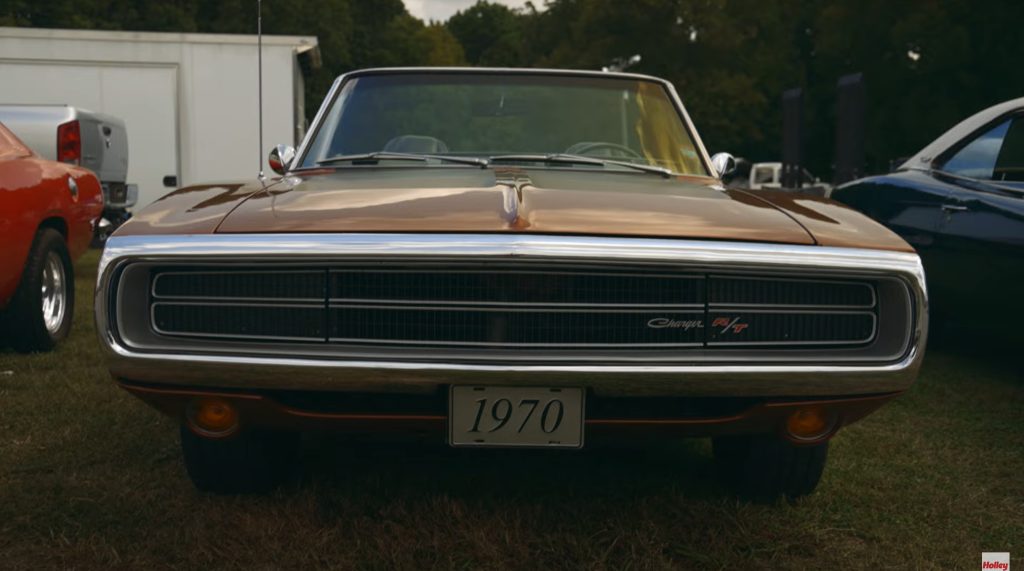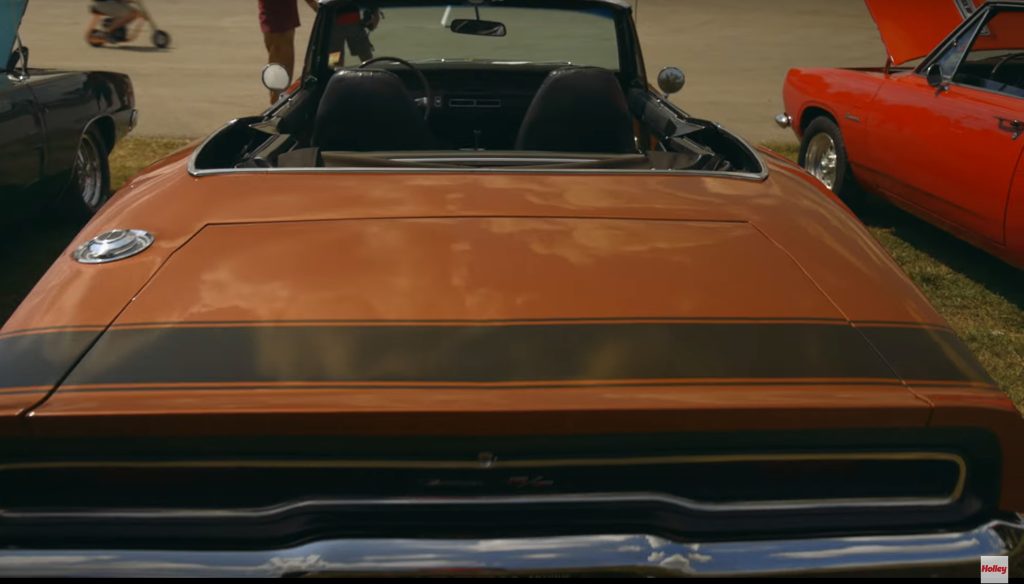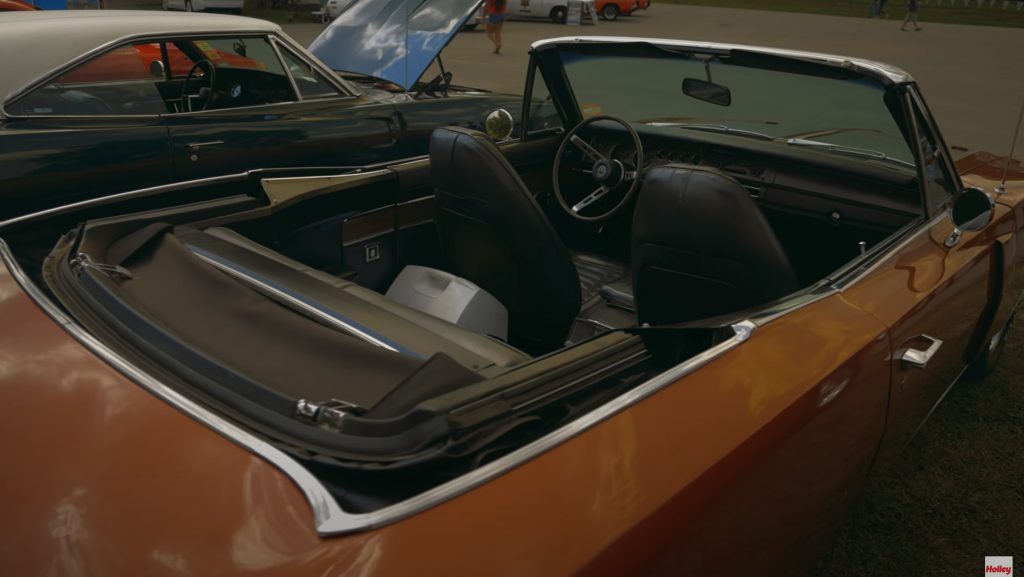The 1970 Dodge Charger—and the Gen II in general, which also includes the ’68 and ’69 models—makes for one of the most iconic shapes in the history of automotive design. Sure, the sleek roof, which left behind the ’66-’67 Gen I Charger’s fastback approach, is a key part of the package. But today we get to discuss the 1970 Charger Convertible that Dodge never made.
Five decades ago, Mopar fans who wanted a muscle car riding on the B-Body platform that also underpinned the classic Charger had multiple options. These ranged from Dodge’s Coronet to Plymouth’s Road Runner and GTX.
Then again, Dodge was positioned a step above Plymouth, while the Coronet was essentially the fastback take on the Gen II Charger. As such, some enthusiasts might’ve viewed a Convertible Charger as a holy grail, so why didn’t the carmaker make one?
Well, if sales of the said open-top Mopars, as well as those of the first-gen Dodge Challenger Convertible and Gen III Plymouth Barracuda Convertible (the two shared the E-Body architecture), are any indication, it seems that the number of customers wishing to enjoy these powerful Mopars with the wind in their hair just wasn’t enough.
Of course, some people wouldn’t settle for anything else (how about this 1970 Superbird Convertible tribute build?), which brings us to an enthusiast named Ron Ridgeway. Having driven both a 1970 Coronet Convertible and a 1970 Charger back in high school, the man instantly connected the dots.
This classic Charger Convertible is a home garage project
And, as he explains in the Holley video below, it took quite some time before he would brew his own drop-top Charger, but you are now looking at it.
The whole idea was to make the machine appear like a factory 1970 Dodge Charger Convertible, even though the starting point was an open-top 1968 Coronet.
And, as your eyes can easily tell you, the Mopar man hit his mark, with the whole project being completed in his garage. The only exception is the T7 Bronze paint job—how many guys with a paint booth in their backyard do you know?
The B-Body underpinnings of both cars meant the Charger front end bolted straight onto the Coronet. However, the doors required special glass, while the rear end needed quite a bit of fabrication.
Fortunately, Ron loves to put miles on this thing, so it doesn’t seem like the car stays locked inside a garage. As such, the 440 (7.2L) Big Block under the hood, which should be good for at least 375 hp, is accompanied by a cruiser setup. This involves a three-speed automatic, power windows, AC, and other goodies of the sort.
Was it a coincidence that the 1970 Charger Convertible build is parked next to what seems to be a factory-body 1968 Charger in the clip? All we care about is that the move easily allows one to compare the open top and the fixed roof of the Gen II Charger.
What about a modern-day Charger or Challenger Convertible?
Dodge hasn’t built open-top iterations of its current muscle sedan and coupe. However, the carmaker has officially recognized the Challenger Convertible conversion done by Florida-based Drop Top Customs for the 2023 model year.
Both the said specialist and Californian builder Newport Convertible Engineering offer such transformations, which cover the Challenger, as well as the Charger four-door, albeit with the transformations costing a pretty penny.
